0x000000FD DIRTY_NOWRITE_PAGES_CONGESTION - 9 Easy Solutions
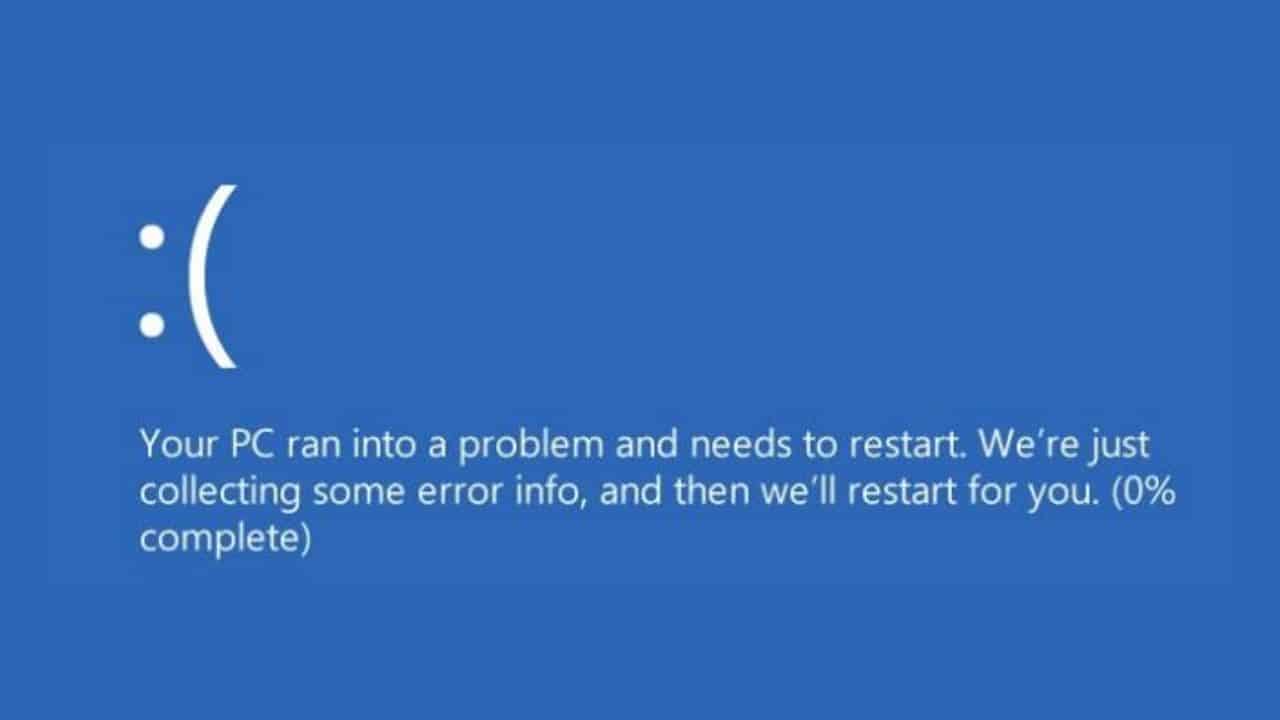
If you’re facing the 0x000000FD DIRTY_NOWRITE_PAGES_CONGESTION error on your Windows device, my experience in solving it can help you.
Dealing with a BSOD can be a daunting experience. The PC suddenly shows the blue screen, and you don’t get the chance to save your work.
I’ve faced this issue firsthand, and it took a fair bit of troubleshooting to resolve. The error is often related to a driver bug, but don’t worry – there are several ways to fix it. I’ll guide you through all of them.
What Is 0x000000FD DIRTY_NOWRITE_PAGES_CONGESTION?
DIRTY_NOWRITE_PAGES_CONGESTION with a value of 0x000000FD is a critical Windows error. It arises when the system exhausts its available free pages necessary for continuing basic operations. The error leads to the dreaded Blue Screen of Death (BSOD).
It typically arises when the system component responsible for handling modified pages that aren’t designated for writing fails to properly process and store these pages. This issue occurs after the component has assigned a “do not write” status to the corresponding files in the memory management system.
What Causes 0x000000FD DIRTY_NOWRITE_PAGES_CONGESTION Error?
The 0x000000FD DIRTY_NOWRITE_PAGES_CONGESTION error can occur due to several factors:
- Outdated or Corrupt System Drivers: Drivers are crucial for hardware and software communication. If they’re outdated or corrupt, they can cause this error.
- Windows Update Issues: Certain Windows updates might not be compatible with existing drivers, leading to system conflicts.
- Faulty External Hardware: Sometimes, external devices can interfere with the system’s memory management.
- System File Corruption: Corrupt system files can cause numerous issues, including this error.
- Insufficient System Resources: Overburdening the system can deplete the available memory pages.
How To Fix 0x000000FD DIRTY_NOWRITE_PAGES_CONGESTION Error
Here are all the working methods to resolve this error:
1. Unplug External Hardware and Restart
External devices can sometimes conflict with your system’s drivers or resources. Here’s what you should do:
- Shut down your PC.
- Disconnect all external devices such as USB drives, external hard drives, printers, etc.
- Power on your computer without these devices connected.
- Check if the error reoccurs. If not, reconnect them one by one to identify the problematic hardware.
2. Check for Windows Update
Outdated Windows versions can lead to compatibility issues and system errors. Updating Windows ensures that your system has the latest features, security updates, and driver support.
If your system is able to boot normally, here’s how to update it:
- Press Windows + I to launch Windows Settings.
- Switch to the Windows Update section on the left and click the Check for updates button.
- Windows will automatically search for and download available updates.
- Click the Install all button and restart your computer.
- Verify if the error is resolved post-update.
3. Boot Windows in Safe Mode
Booting in Safe Mode allows your system to run with a minimal set of drivers and background processes. This is helpful in isolating and identifying problematic third-party software or additional drivers.
- Restart your PC several times to launch the Automatic Repair Mode.
- Select the Troubleshoot option.
- Under the “Troubleshoot” option, choose Advanced options.
- Next, select Startup Settings.
- Click the Restart button next.
- After the system is restarted, press F5 to boot Windows in Safe Mode with Networking.
- Windows will be restarted in Safe Mode to perform further troubleshooting.
4. Uninstall Corrupted Drivers
Corrupted or outdated drivers can lead to system instability and errors.
Here’s how to identify and uninstall problematic drivers:
- Launch Device Manager by right-clicking on the Start button and selecting Device Manager.
- Identify any device with a yellow exclamation mark, suggesting a driver issue.
- Right-click on the problematic device and select Uninstall device.
- Restart your PC. Windows will attempt to reinstall the driver upon reboot.
5. Run Check Disk (chkdsk) Command
The Check Disk utility scans and repairs hard drive errors, which can be a source of system problems. Running this tool can ensure your hard drive’s integrity and fix related issues such as 0x000000FD DIRTY_NOWRITE_PAGES_CONGESTION.
Run the chkdsk command in Safe Mode by following these steps:
- Open Command Prompt as an administrator.
- Type
chkdsk /f /rand hit Enter. This command will check and fix any found errors. - Restart your PC after completion.
6. Run DISM and SFC Command
The DISM and SFC utilities are Windows built-in tools for repairing and restoring corrupted system files. They can be effective in resolving system errors caused by file corruption.
- Open Command Prompt as an administrator.
- Run DISM /Online /Cleanup-image /Scanhealth.
- After DISM is complete, run sfc /scannow.
- Restart your PC after the scan.
7. Uninstall Recent Windows Updates
Occasionally, specific Windows updates can introduce system conflicts or errors. Uninstalling these updates can help determine if they are the cause of the problem.
To uninstall Windows updates, follow these steps:
- Search for the Control Panel and click on its icon to launch.
- Click the Uninstall a program option under the “Programs” section.
- Next, click the View installed updates option on the left section.
- Choose the most recent update and click Uninstall.
- Confirm the uninstallation.
- Restart your PC and check for the error.
8. Restore Windows to a Previous State
System Restore is a useful feature that allows you to revert your system settings and configurations to a previous state. This can be helpful if the error began after recent changes.
Here’s how to restore Windows to its previous state when it was in good health:
- Force restart your system multiple times to launch Automatic Repair Mode.
- On the next screen, select the Troubleshoot option.
- Next, under the “Troubleshoot,” choose the Advanced options.
- From the “Advanced options.” select the System Restore option.
- On the next screen, click the Next button to begin.
- Select the previously saved point to restore it. If you have multiple, I recommend to select the oldest one.
- Finally, click the Finish button to confirm the restore point.
9. Reset Windows
Resetting Windows reinstalls the operating system, which can resolve deeper system issues. This method should be used as a last resort, as it can remove your files and applications.
So here’s how to proceed:
- Restart Windows several times to open Automatic Repair Mode.
- Select the Troubleshoot option.
- On the next screen, click the Reset this PC option.
- Now, you’ll be asked to keep your files or remove everything. I recommend selecting the Remove everything option for a fresh start.
- Next, select how you want to reinstall Windows – Cloud or Local.
- Finally, click the Reset button.
You may also be interested in:
- 0x00000100 LOADER_BLOCK_MISMATCH
- 0x00000116 VIDEO_TDR_ ERROR
- 0x0000006F SESSION3_INITIALIZATION_FAILED.
Summary
The 0x000000FD DIRTY_NOWRITE_PAGES_CONGESTION error can be challenging, but it’s fixable with the right approach.
Through my experience, I found that methods like unplugging external hardware, updating Windows, and checking for driver issues are effective. In severe cases, system restore or reset may be necessary.
But remember to always back up your data before attempting these solutions. A systematic approach is key to resolving this error.
Read our disclosure page to find out how can you help MSPoweruser sustain the editorial team Read more
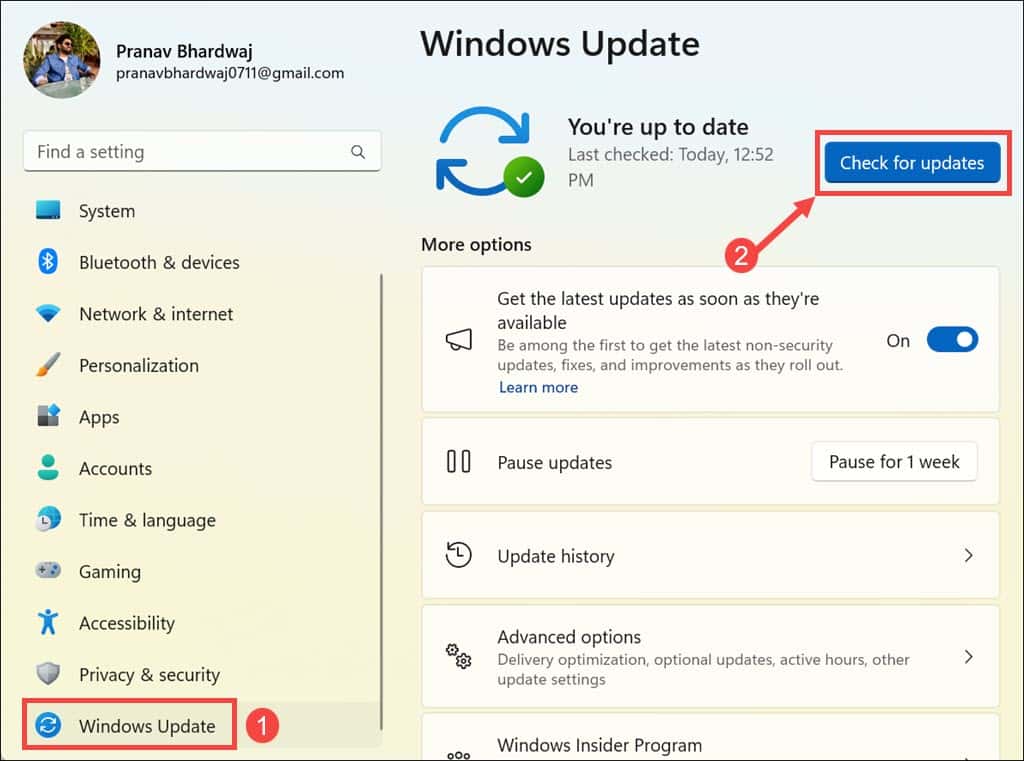

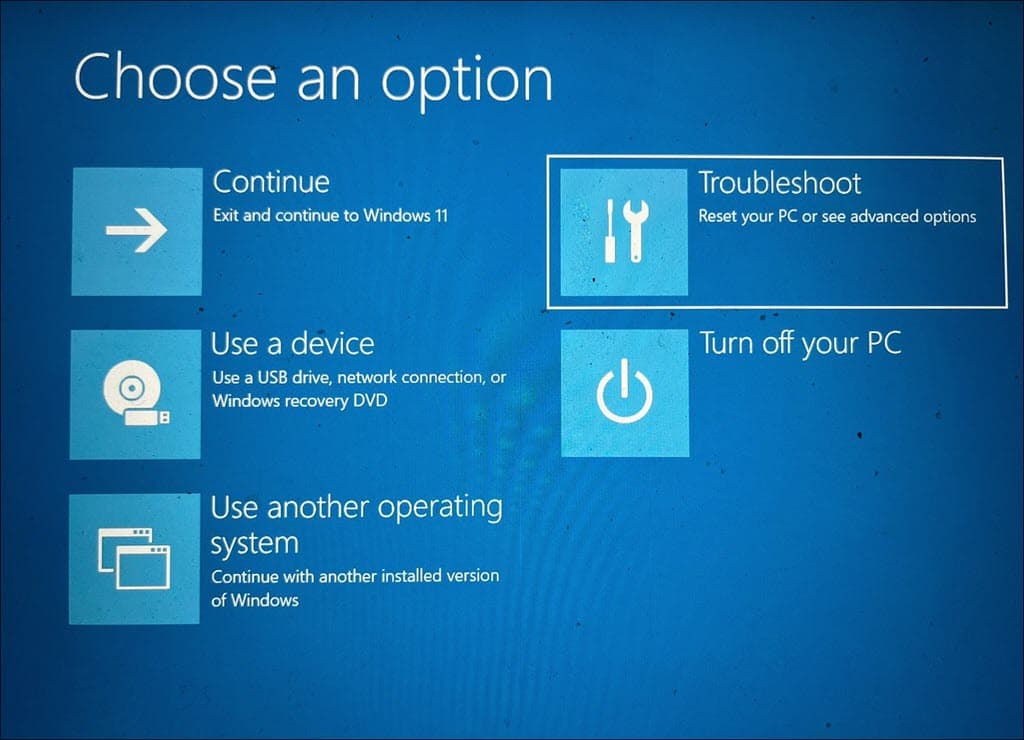
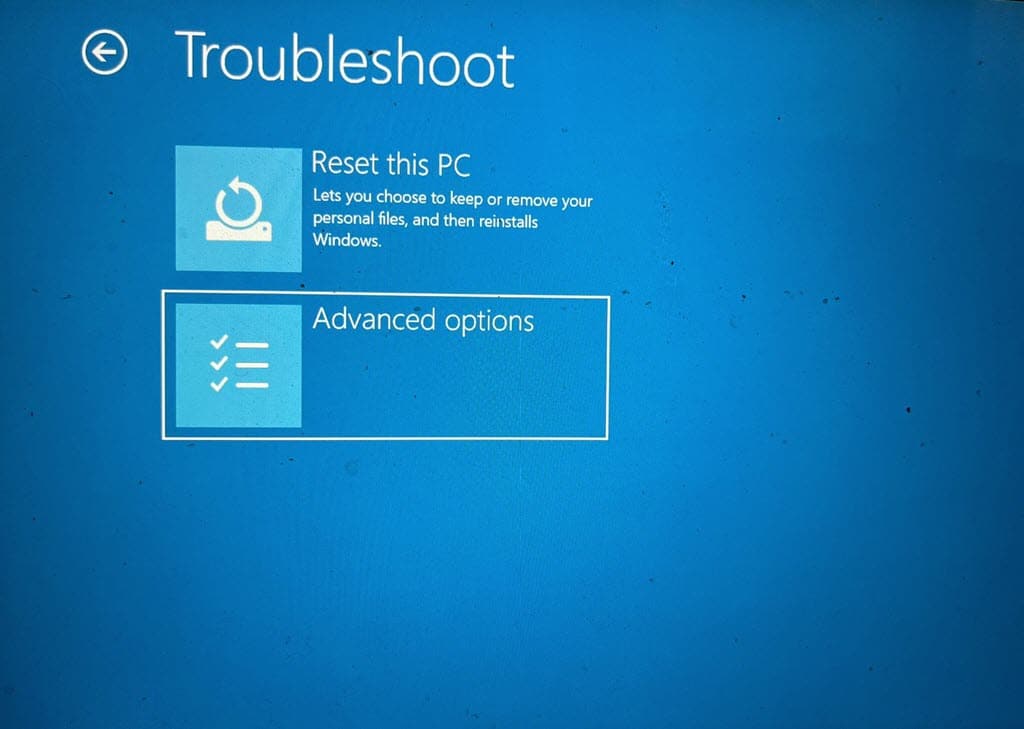
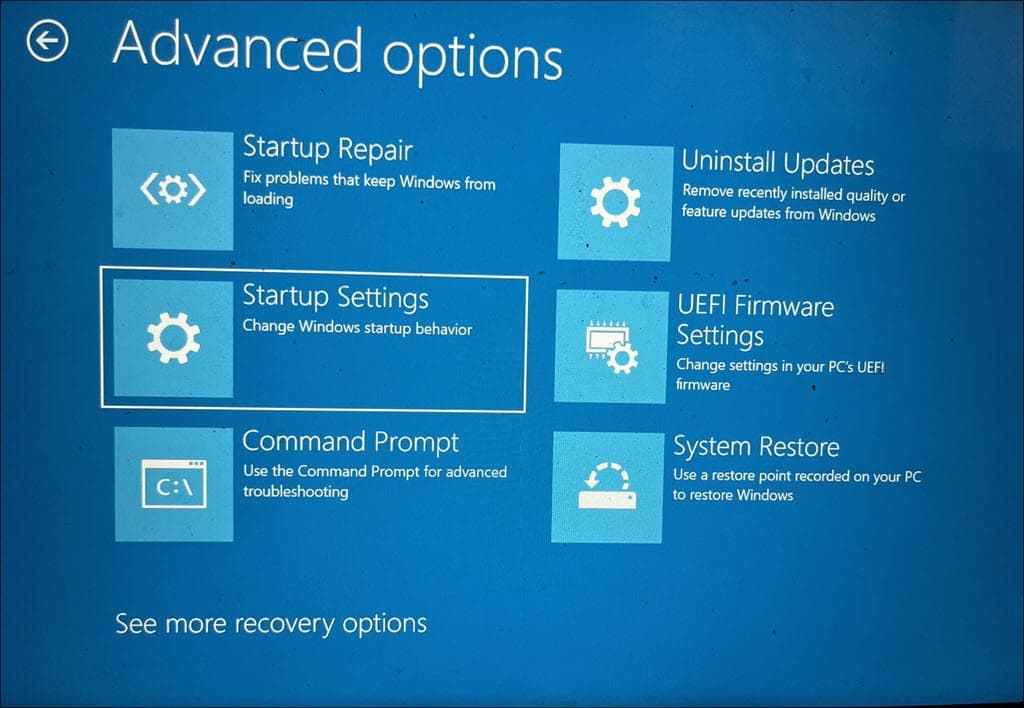
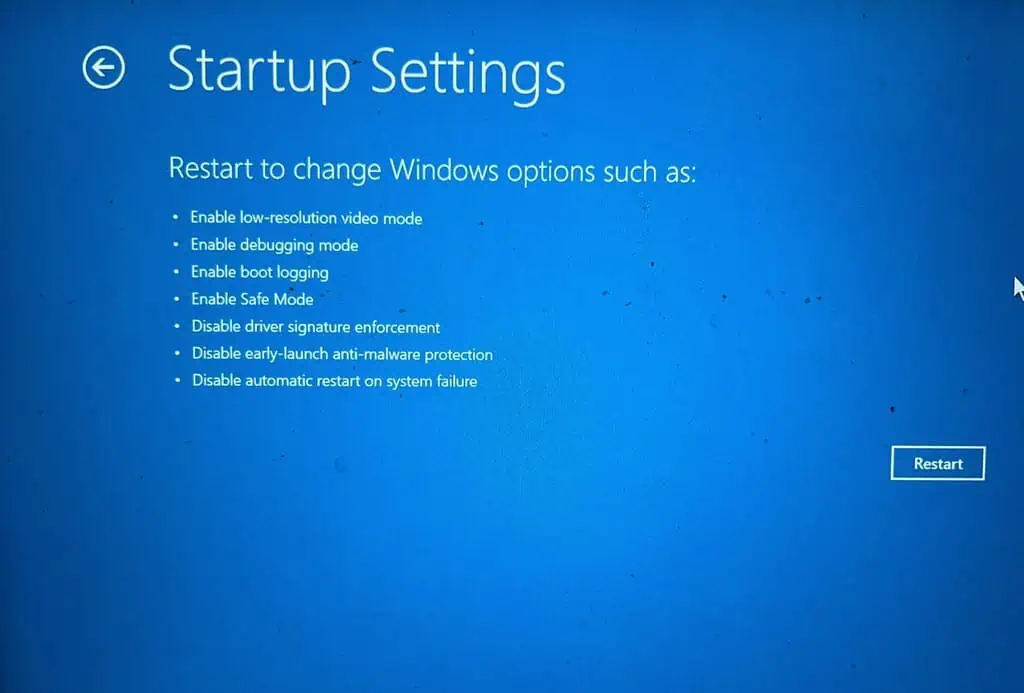
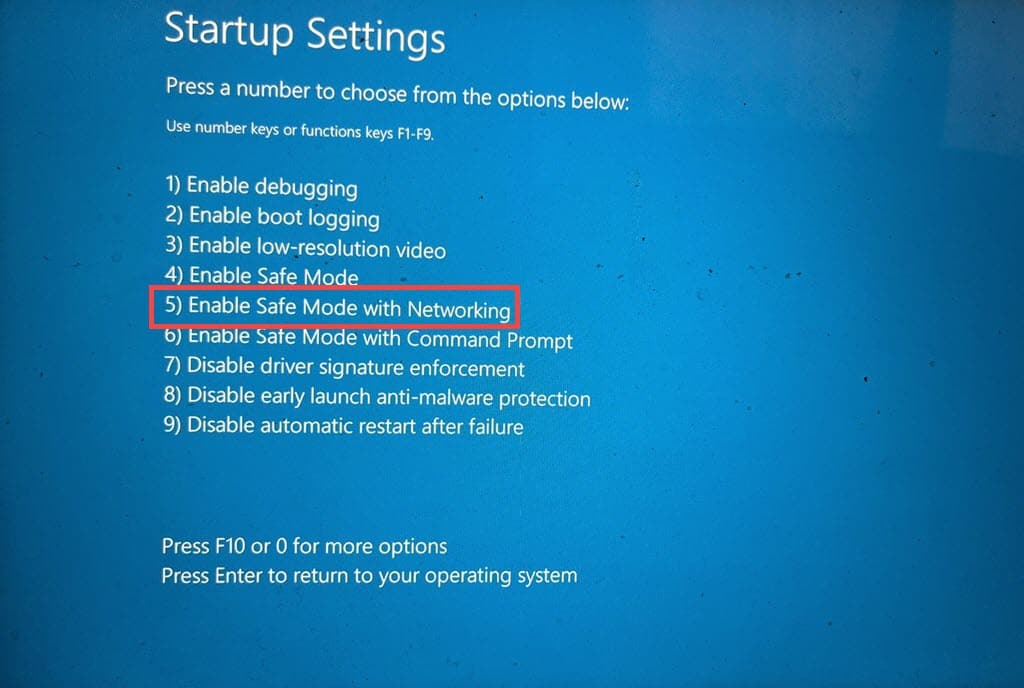

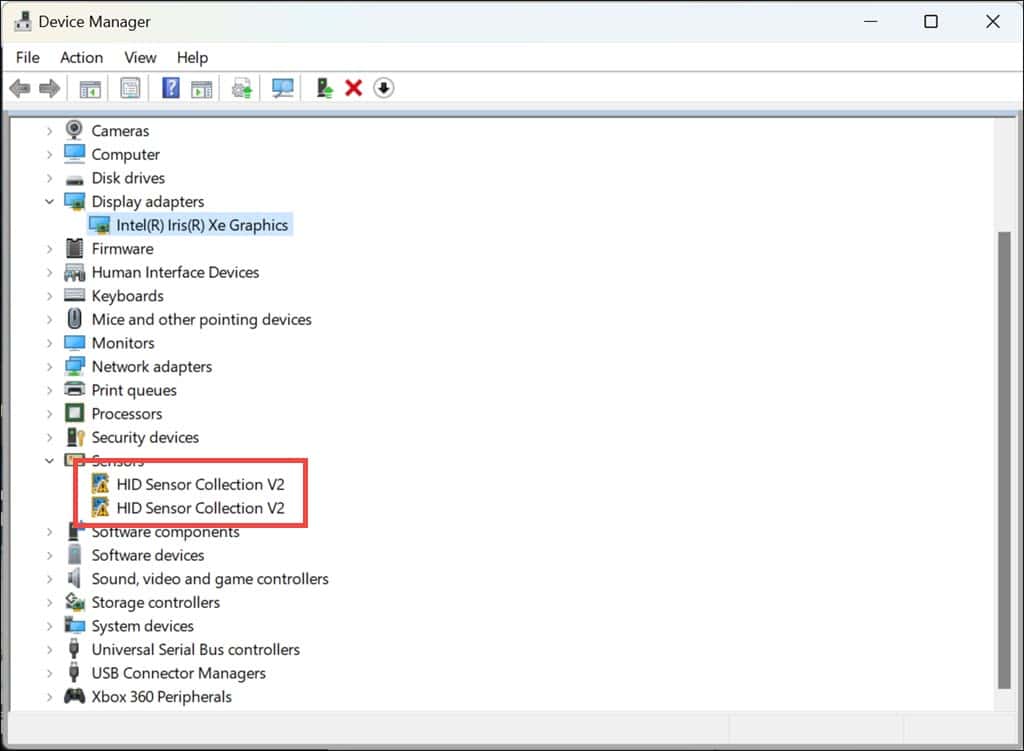
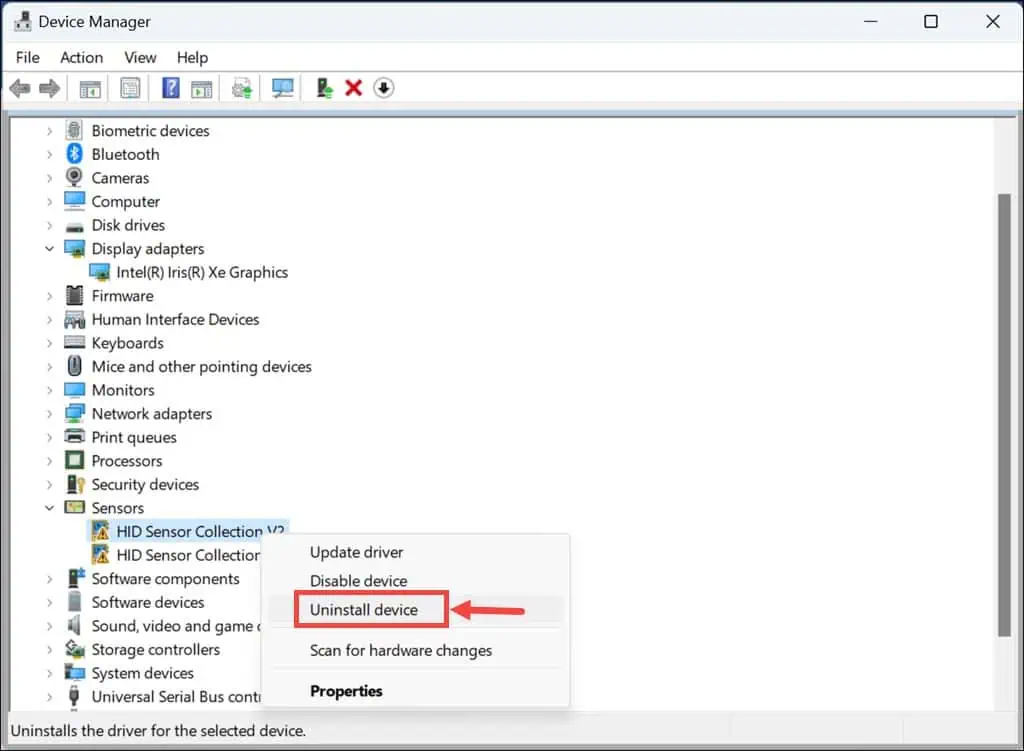
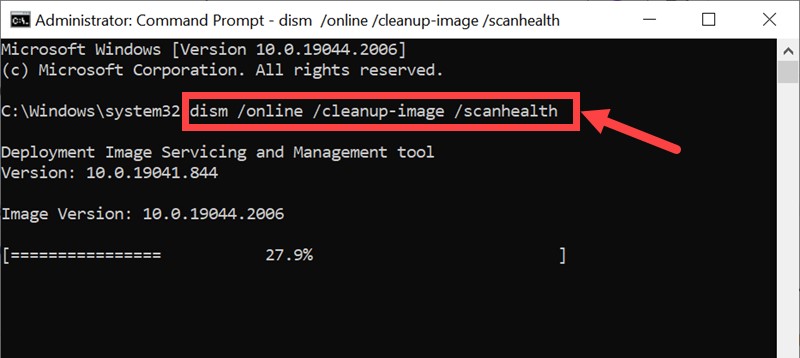
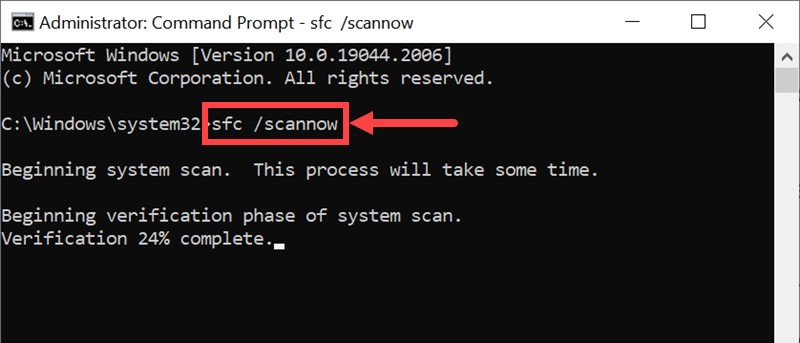
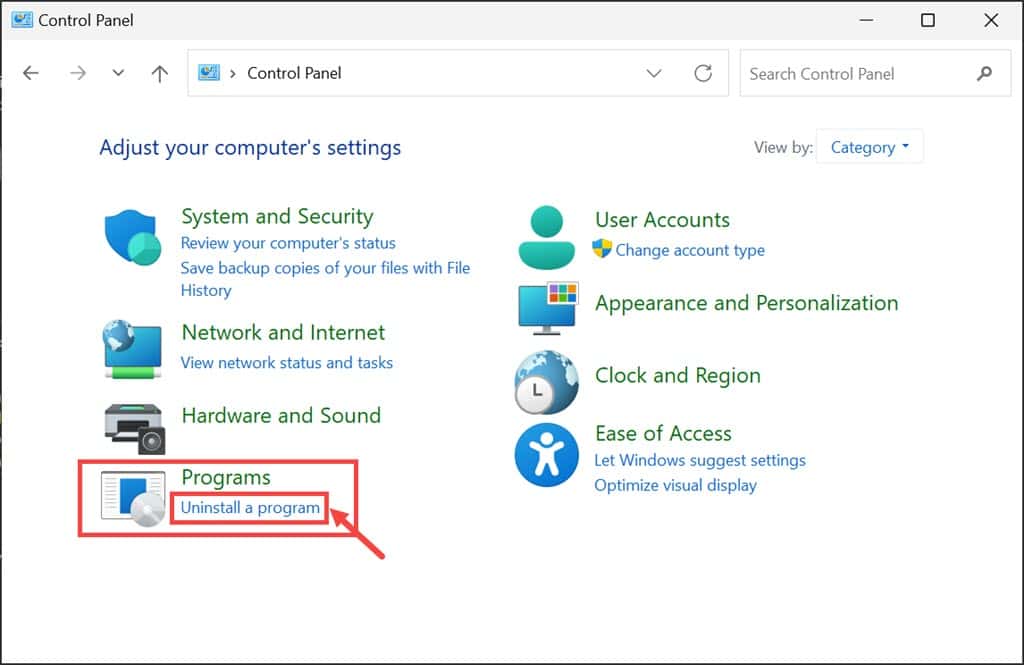

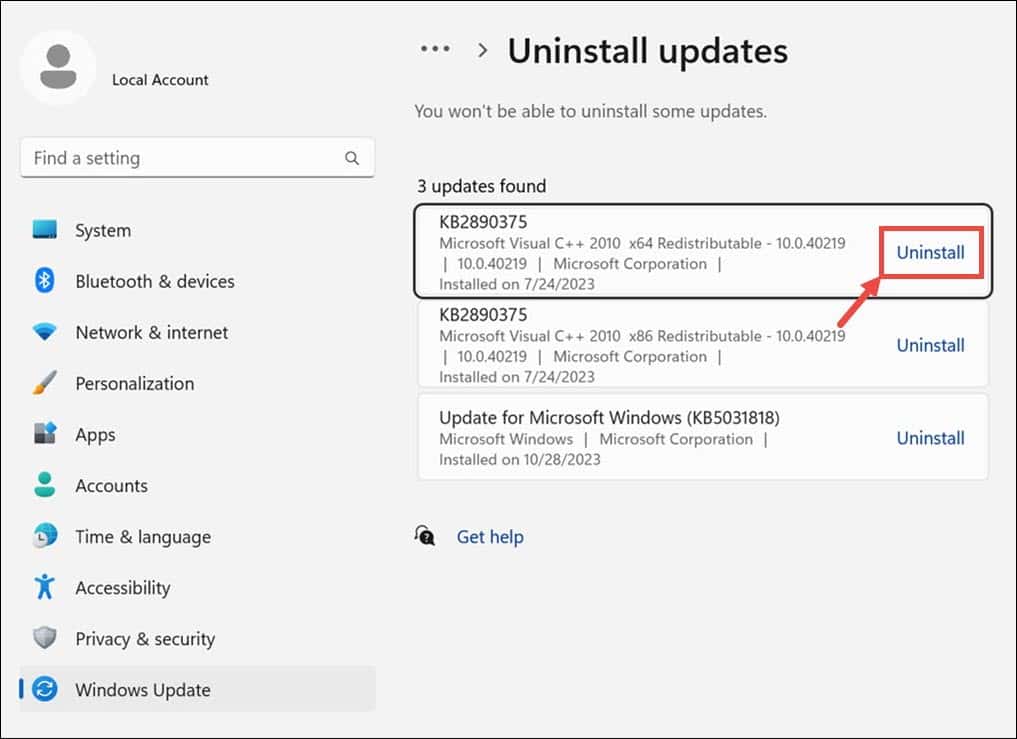
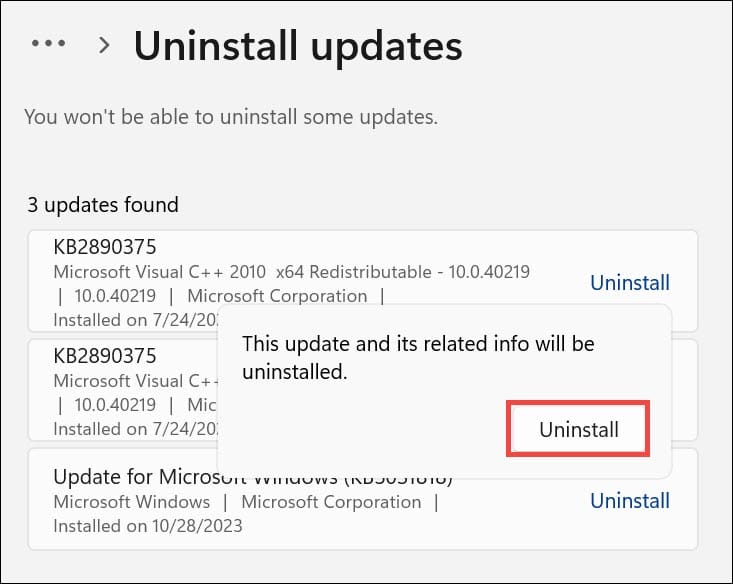
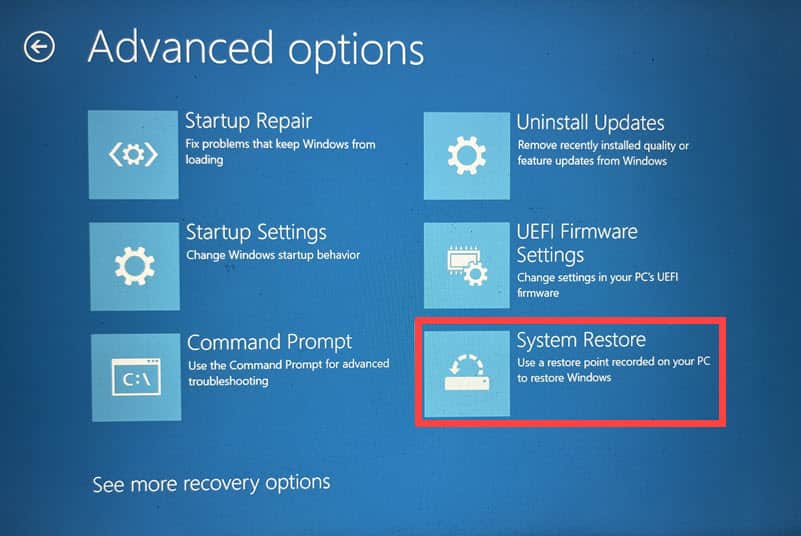

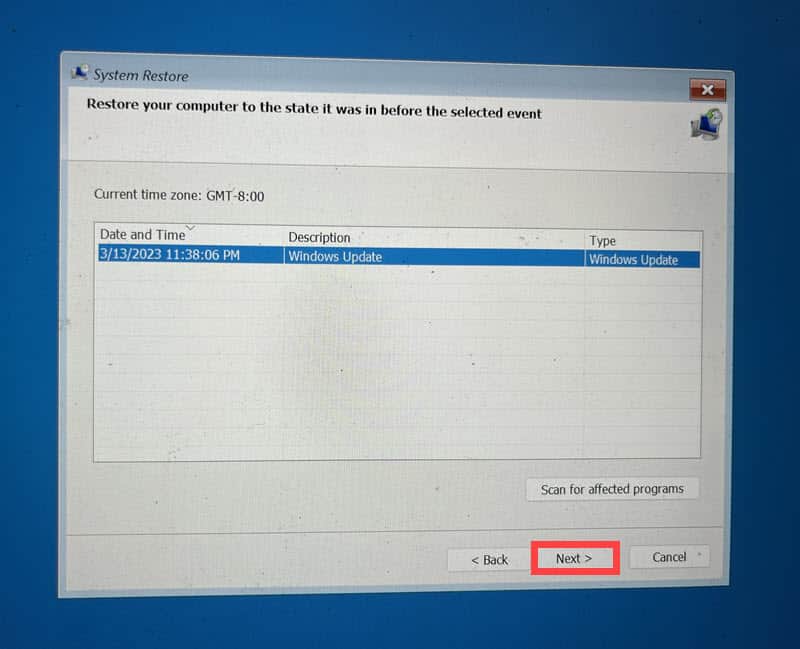
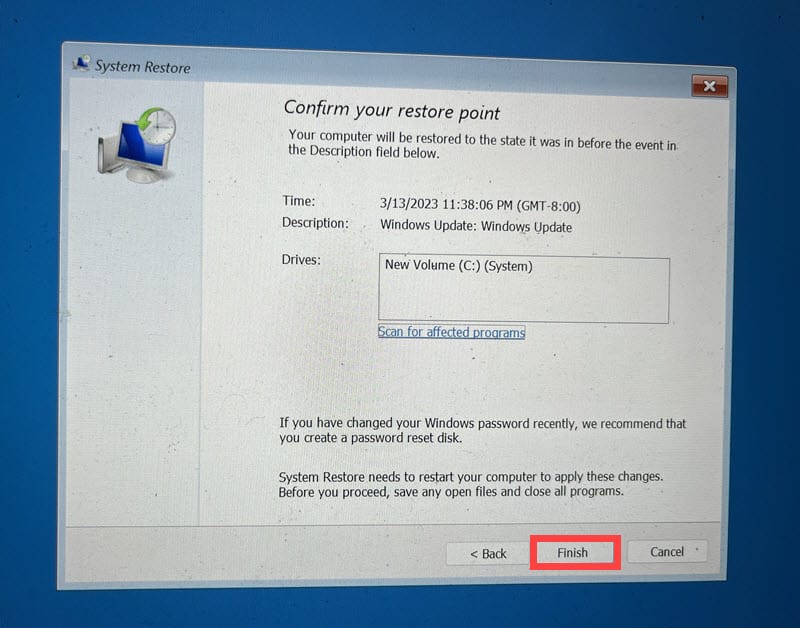
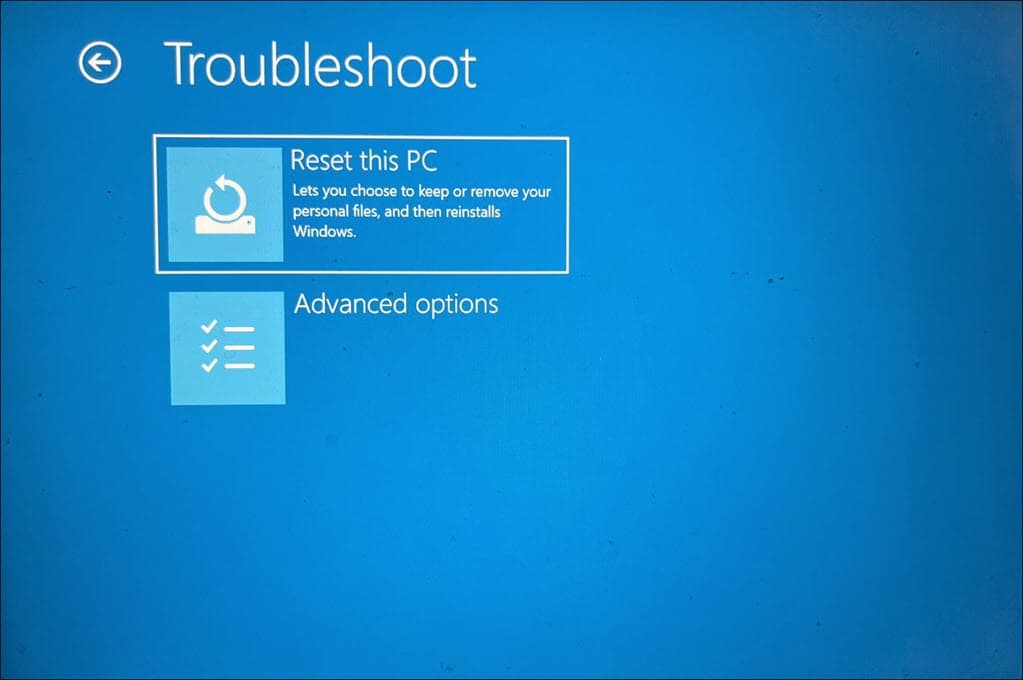

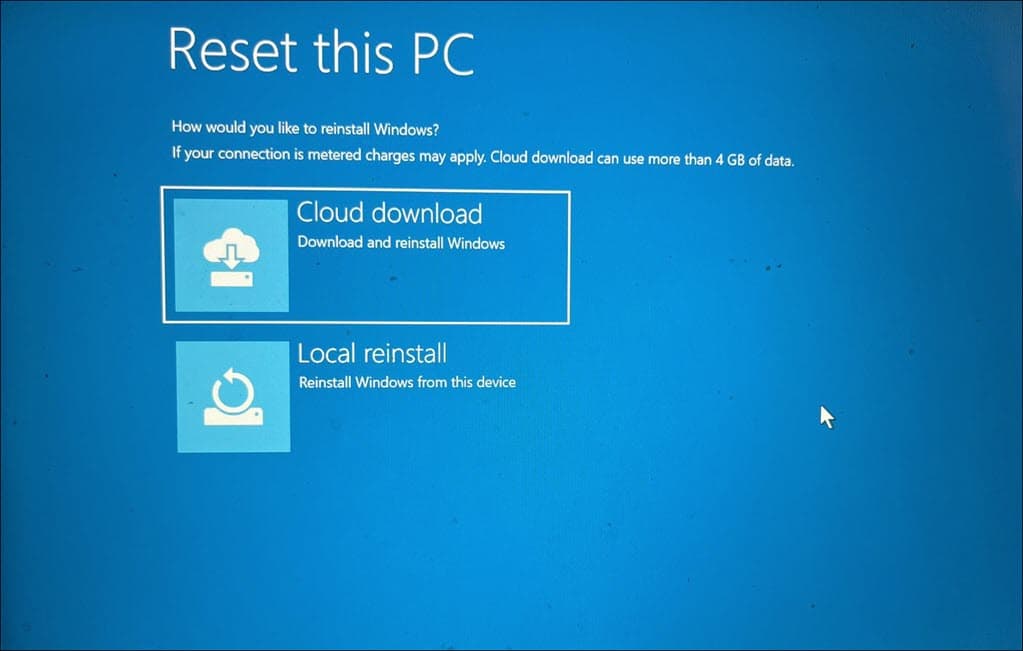
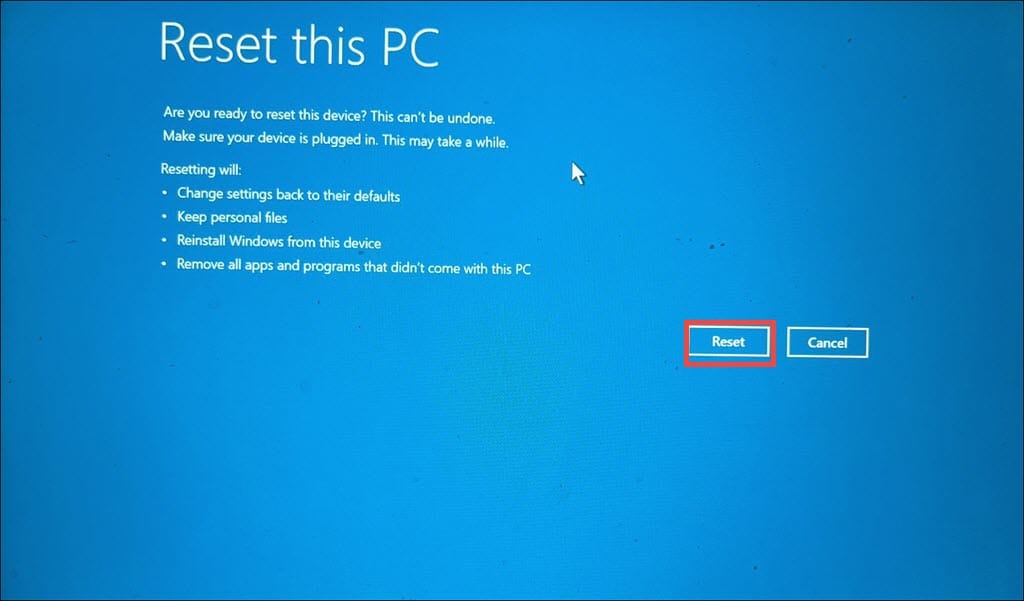




User forum
0 messages